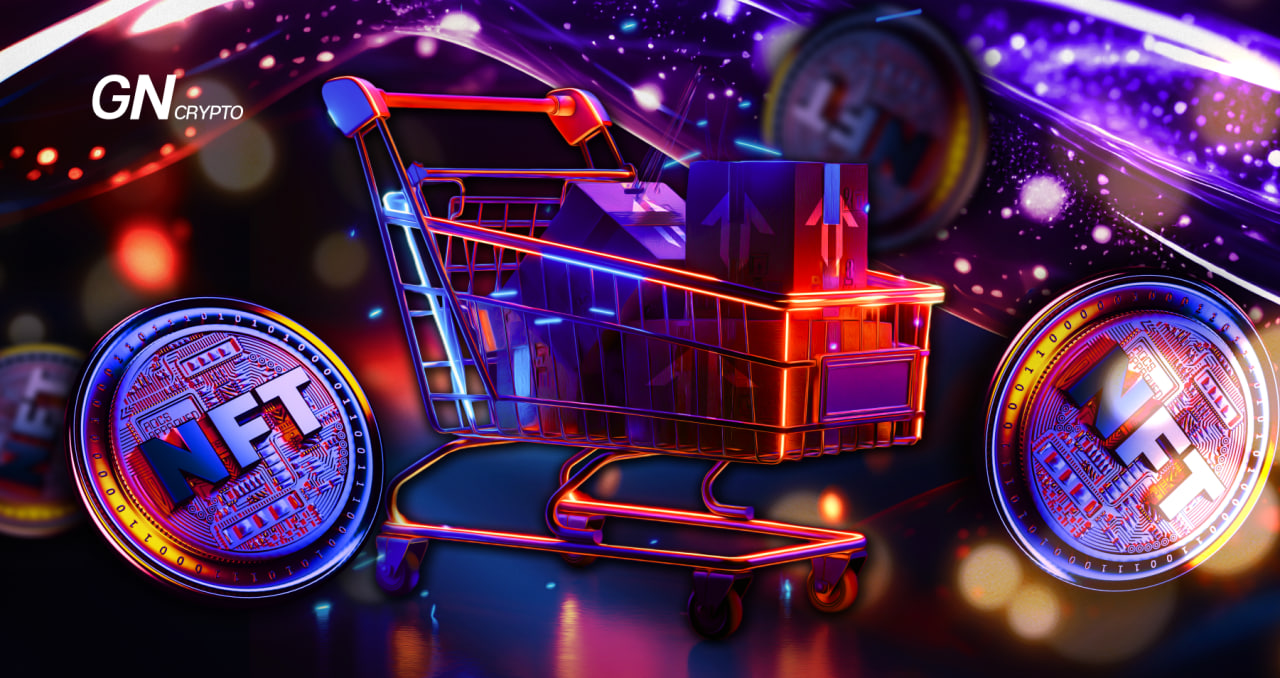Tensor Airdrop: How to Qualify?

Tensor, a leading NFT marketplace on Solana, has officially announced an upcoming retroactive airdrop for its early adopters. Here’s a guide to help ensure you’re in line for the rewards.
On this page
From January to February 2024, Tensor significantly outpaced its competitors (including MagicEden, Launchmint, Solanaart, HadeSwap, and others) in average daily trading volume, with transactions exceeding 70,000 SOL ($7 million) as of this writing.
This success is attributed to Tensor's point system, which determines the distribution of tokens, making it the go-to platform for many traders.
About Tensor
According to Coinmarketcap, Tensor has secured $3 million in investments from crypto funds like Solana Ventures, Big Brain Holdings, Alliance DAO, and Placeholder Ventures. Given that this funding round closed a year ago, it's possible the project also has undisclosed investments that haven't been made public.
Investment in Tensor. Source: Cryptorank.io
Getting Started: What's the Financial Requirement?
To begin trading on the Tensor marketplace, you need:
- A Solana-compatible browser crypto wallet, such as Phantom or Solflare;
- SOL in your wallet.
Predicting the exact amount of funds necessary is challenging, as the main criterion for the airdrop involves trading volume. Thus, the more you can afford to open and close positions, the better.
Additionally, it's important to remember that liquidity in NFT collections is often low, and the spread (the difference between the buy and sell prices of an asset) can reach 10-20%.
For instance, purchasing an NFT for 1 SOL and selling it shortly afterward could result in an immediate loss of 0.1-0.2 SOL due to the nearest buy orders being only 10-20% of the current price. Consequently, it's advisable to allocate at least 5 SOL for trading on Tensor.
Guide to Accumulating Points
All points accrued from activities are displayed in the “Rewards” section. The team has outlined criteria that affect point accumulation on the platform.
However, the specific number of points for each activity remains undisclosed, and conducting a few transactions won't result in visible changes in the “Rewards” section.
Rewards will only start to be credited one week after the account's first activity.
Known criteria for earning points for the retroactive airdrop include:
- Trading NFTs from Tensor's top 100 popular collections. Trading other collections will not count;
NFT collections eligible for trading to receive the airdrop. Source: tensor.trade
- Higher trading volume means more points;
- The longer orders are left open, the more points are earned;
- Points can also be increased by inviting referrals and staking funds in the “Funds Locks” section.
Criteria for earning points on Tensor. Source: tensor.trade
The primary objective for traders aiming to accumulate points is to maximize their trading volume. NFTs can be traded in two ways: by purchasing at market price or by placing a limit order (bid).
In the first case, buyers face the likelihood of encountering a significant spread, i.e., the difference between the NFT's buy and sell price. On Tensor, the spread typically exceeds 5-7%, meaning if the NFT's price is 1 SOL, a market purchase would transact at approximately 1.05–1.07 SOL.
Using limit orders to boost trading volume is more beneficial but comes with drawbacks. The main risk lies in the possibility that the asset's price might not reach the set limit order for sale. This necessitates continual monitoring of market supply and demand dynamics, and potentially, adjusting one's deals with market orders as needed.
Performing on-chain analytics for each NFT can prove useful. This approach allows for identifying potential support and resistance zones, trade volumes of specific collections, the number of holders, and their asset management behaviors. On-chain analytics enables understanding the level of trade activity for selected NFTs because choosing an unpopular or illiquid collection could face the risks of asset devaluation or excessively wide spreads.
Should You Invest in Tensorians NFTs?
Tensorians NFTs are unique tokens from the Tensor platform, depicted as dark, faceless creatures. They are distinguished by various costumes, eyes, hats, and backgrounds, with a total supply of 10,000 NFTs.
The Tensorians NFT collection by Tensor. Source: tensor.trade
Though the supply might seem large, only 250 assets are actively traded on the marketplace, with the average price of one being 80 SOL ($9,400 at the time of writing). Owners of these NFTs will earn 5% from all points accumulated by their referrals, making this asset particularly appealing for influencers with significant followings.
Regarding a potential airdrop for Tensorians holders, the project team has not provided any information.
Final Words
Engaging with the Tensor platform can be quite costly in terms of the requirements for airdrop activities. This is largely due to the nature of NFT trading, significant spreads, and stringent criteria for point accumulation. Nevertheless, some traders view the potential for the Tensor airdrop as comparable to lucrative drops like those from the Blur marketplace, where participants received substantial rewards.
Initiating activities on Tensor should be approached with careful risk management and detailed independent analysis of the selected NFTs for trading.
The content on The Coinomist is for informational purposes only and should not be interpreted as financial advice. While we strive to provide accurate and up-to-date information, we do not guarantee the accuracy, completeness, or reliability of any content. Neither we accept liability for any errors or omissions in the information provided or for any financial losses incurred as a result of relying on this information. Actions based on this content are at your own risk. Always do your own research and consult a professional. See our Terms, Privacy Policy, and Disclaimers for more details.





























